August 6, 2018
Levels of digital dependency hit new heights
 Most people in the UK are dependent on their digital devices, and need a constant connection to the internet, following a decade of digital dependency and transformation claims a report from regulatory body Ofcom. The findings are from Ofcom’s Communications Market Report, which it claims is the most comprehensive study of how communications services in the UK are changing. Around 17 percent of people owned a smartphone a decade ago. That has now reached 78 percent and 95 percent among 16-24 year-olds. The smartphone is now the device people say they would miss the most, dominating many people’s lives in both positive and negative ways.
Most people in the UK are dependent on their digital devices, and need a constant connection to the internet, following a decade of digital dependency and transformation claims a report from regulatory body Ofcom. The findings are from Ofcom’s Communications Market Report, which it claims is the most comprehensive study of how communications services in the UK are changing. Around 17 percent of people owned a smartphone a decade ago. That has now reached 78 percent and 95 percent among 16-24 year-olds. The smartphone is now the device people say they would miss the most, dominating many people’s lives in both positive and negative ways.






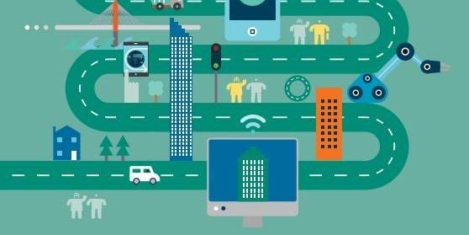
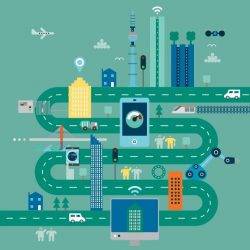





 At the risk of stating the obvious, with the Met Office suggesting temperatures could reach their peak on Friday (27 July) in some areas of the UK, Britain’s largest employer organisation is encouraging companies to consider ‘a range of measures to keep employees comfortable during the heatwave’. Matthew Fell, CBI Chief UK Policy Director, said: “While the current hot spell has provided welcome fillip for consumer-facing sectors, large numbers of employees are feeling the heat as they carry out their day-to-day tasks, especially those working outdoors. Responsible employers take the welfare of their employees very seriously, particularly during this unusual weather. Companies can help keep their employees cool by considering a range of measures, from flexible working to help those with punishing commutes to relaxed dress codes, so staff feel more comfortable in their place of work. Ultimately a common sense approach is needed, as some employees will have less flexibility than others, for example those wearing safety equipment on construction sites. In all cases, staff should have easy access to drinking water as temperatures soar to help keep them healthy and productive.”
At the risk of stating the obvious, with the Met Office suggesting temperatures could reach their peak on Friday (27 July) in some areas of the UK, Britain’s largest employer organisation is encouraging companies to consider ‘a range of measures to keep employees comfortable during the heatwave’. Matthew Fell, CBI Chief UK Policy Director, said: “While the current hot spell has provided welcome fillip for consumer-facing sectors, large numbers of employees are feeling the heat as they carry out their day-to-day tasks, especially those working outdoors. Responsible employers take the welfare of their employees very seriously, particularly during this unusual weather. Companies can help keep their employees cool by considering a range of measures, from flexible working to help those with punishing commutes to relaxed dress codes, so staff feel more comfortable in their place of work. Ultimately a common sense approach is needed, as some employees will have less flexibility than others, for example those wearing safety equipment on construction sites. In all cases, staff should have easy access to drinking water as temperatures soar to help keep them healthy and productive.”

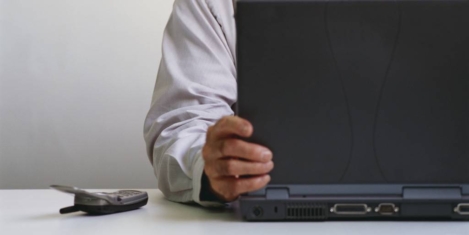



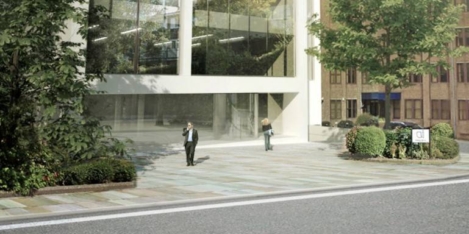
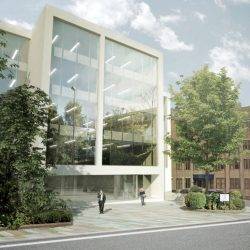


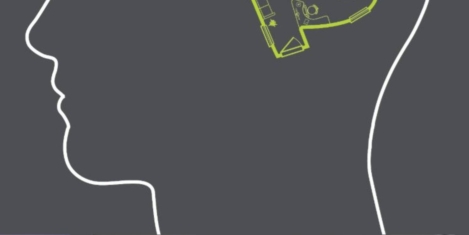










July 31, 2018
Google should be an example to all when it come to interactive workplace design
by Alice Porter • Comment, Workplace design
(more…)